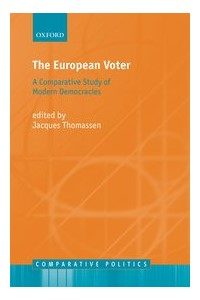This book provides a systematic comparative analysis of how and why voting behaviour has changed in Europe in recent decades. It has been widely argued that radical changes have occurred in the how and why of voting behaviour in Europe as a result of changes in the structure of society, most notably the rise in material affluence and educational attainment, and the decline in religious observance and the size of the working class. But most tests of this proposition have been undertaken on single countries. This book, however, systematically tests the validity of this proposition across various European countries.
The argument that social change has altered voting behaviour has been increasingly challenged on the grounds that it takes too little account of changes in the choices that are put before voters by the parties, such as the promises and proposals that are put forward at election time. This book, therefore, also assesses the relative explanatory power of claims that voting behaviour has changed because of changes in society against claims that it responds to changes in the offerings of political parties. And it is clear from the analyses reported in this book that contrary to the claims of much of the extant literature, the latter argument appears better able to account for many of the patterns and changes in European voting behaviour, and thus the book constitutes an important challenge to much current academic orthodoxy.
This is the first book to provide a systematic comparison of the long-term dynamics of the voting behaviour of individual voters across such a wide range of European countries, taking into account the dynamics of the choices put before voters by the parties and, for the first time, relating this to the way voters behave.




